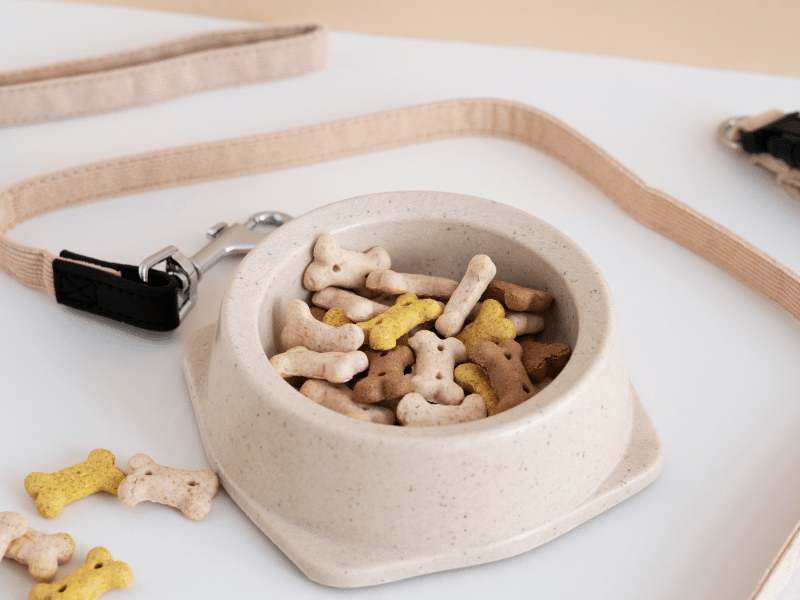Le U.S. Food and Drug Administration (FDA) has issued a significant regulatory update requiring manufacturers of cat and dog foods covered by the FDA Food Safety Modernization Act Preventive Controls for Animal Food (PCAF) rule à reanalyze their food safety plans. This directive mandates that manufacturers include Highly Pathogenic Avian Influenza (H5N1) as a known or reasonably foreseeable hazard. The update follows recent scientific evidence and cases of H5N1 infections in domestic cats across several states. The new guidance underscores the need for manufacturers to adopt preventive measures against the transmission of H5N1, particularly in foods containing uncooked or unpasteurized materials derived from poultry or cattle.
The FDA’s directive focuses on manufacturers who use uncooked or unpasteurized materials from poultry or cattle, advising them to include H5N1 as a potential hazard in their food safety plans. This requirement follows domestic cat illnesses and deaths linked to H5N1, with evidence suggesting that contaminated animal food could be a vector for the virus. Manufacturers are urged to assess hazards based on severity, illness data, and scientific reports. In cases where the risk of contamination is significant, they are required to implement appropriate preventive controls to mitigate the hazard.
Recommended practices for manufacturers include sourcing ingredients from healthy flocks ou herds and ensuring that processing steps are in place to effectively inactivate viruses, such as H5N1. The FDA has also provided guidance on how to assess the prevalence of H5N1 in ingredients, its potential impact on pets, and the effectiveness of various processing steps for virus inactivation.
This regulatory update presents a significant risk à cat and dog food manufacturers, especially those that rely on uncooked or unpasteurized materials from poultry or cattle. Compliance with this new FDA directive is critical to prevent H5N1 transmission to pets, which not only ensures santé publique but also helps maintain market access for pet food products.
Manufacturers must act promptly to reanalyze their food safety plans, including H5N1 as a potential hazard. This involves evaluating the sources of ingredients, implementing effective virus inactivation processes, and aligning with the FDA’s updated guidelines. By prioritizing these actions, manufacturers can ensure conformité and protect pets from potential outbreaks of H5N1.
Abonnez-vous aux dernières actualités réglementaires
Newsletters personnalisées
Informations sectorielles pertinentes
Accédez aux conseils d'experts

